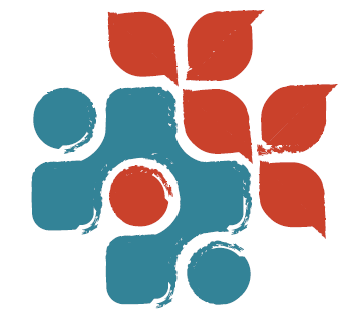Osteopathy and Physiotherapy. What’s the difference? By Romtin Shaaban-Khamseh, PT
Physiotherapy encompasses a wide spectrum of approaches and conditions that are treated. There are Physiotherapists in hospitals that work with patients with cardio-respiratory issues (heart and breathing related issues), neurological issues (like strokes and spinal cord injuries), orthopaedic issues (like joint replacements or traumatic injuries). In the clinical setting, physiotherapists can specialize in areas such as lymphatics, vestibular, and pelvic floor, but are most commonly known for working with patients for issues related to orthopaedic conditions (muscles, joints, and bones). Whatever the focus, the primary aim of Physiotherapy is to restore movement and function in order to help people participate in activities of daily life, sport, and/or work.
An orthopaedic physiotherapist may use a wide range of approaches to help someone restore function. A physiotherapist’s bread and butter is usually exercise, but they may also use manual therapy (hands-on) techniques, taping, acupuncture (if they are rostered), and electrotherapeutic modalities (like Ultrasound and LASER).
Osteopathy is similar to Physiotherapy in the sense that the primary aim is to restore function, but not only as it relates to movement, also as it relates to vital bodily processes (take digestion as one example). This is accomplished through manual therapy, but the type of contact you receive for traditional osteopathy can be very different from the type of contact you receive from traditional physiotherapy. Osteopathy involves sensing more subtle bodily processes (like fluid moving through your body) and enhancing those processes with very gentle and sustained contact. Because it is so subtle, it often feels like nothing but a light touch. Through these gentle mobilizations, the aim of Osteopathy is to remove any obstructions that restrict full expression of vitality (the life force behind growth and healing). For many issues, a light touch is all that is required because the body’s internal mechanisms will do most of the work. When you work with nature instead of fighting against it, force is not required. Why paddle when you can sail across the water?
Many manual therapy techniques that originated in the field of osteopathy (for example, muscle energy technique) are used widely by Physiotherapists and are within the scope of practice of physiotherapists. As a Registered Physiotherapist and an Osteopathic manual practitioner in training, I use a combination of traditional physiotherapy and osteopathic techniques to help restore function.
